Headache from cheese. Tyramine-Rich Foods: Migraine Triggers and Low Tyramine Diet Guide
What is the link between tyramine and migraines. How can you lower tyramine in your diet. Which foods are high in tyramine and which are low. Is tyramine causing your headaches. How to keep a headache diary to identify triggers.
Understanding Tyramine: A Common Migraine Trigger
Tyramine is a naturally occurring substance found in various foods, particularly in aged and fermented products. For some individuals, tyramine can be a significant trigger for migraine headaches. This compound is classified as a monoamine due to its chemical structure and is typically processed in the body by an enzyme called monoamine oxidase (MAO).
The connection between tyramine and migraines became apparent in the 1950s when patients taking monoamine oxidase inhibitors (MAOIs) for depression experienced severe headaches and high blood pressure after consuming tyramine-rich foods. This observation led researchers to investigate the role of tyramine in triggering migraines.
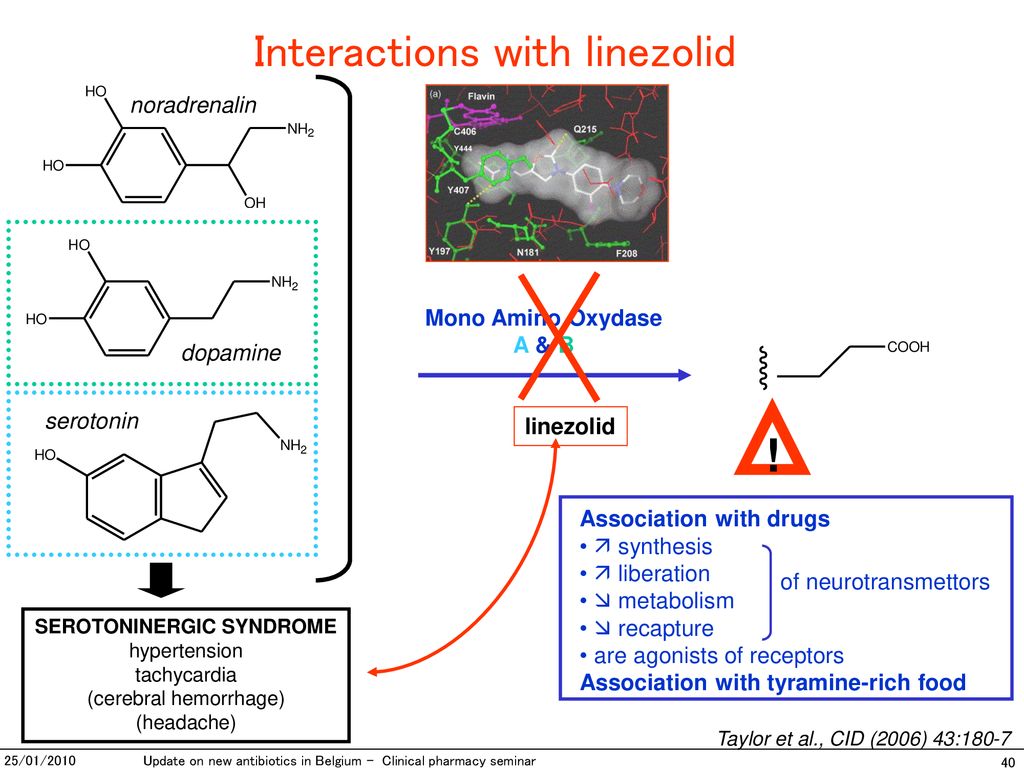
How Does Tyramine Trigger Migraines?
While the exact mechanism is still being studied, one theory suggests that tyramine causes nerve cells in the brain to release norepinephrine. In individuals with a sensitivity to tyramine or insufficient MAO enzymes, elevated levels of tyramine combined with unusual brain chemistry can lead to changes that trigger migraine headaches.
High-Tyramine Foods to Avoid for Migraine Prevention
To reduce the risk of tyramine-induced migraines, it’s essential to be aware of foods that contain high levels of this compound. Here’s a list of tyramine-rich foods that migraine sufferers may want to limit or avoid:
- Aged cheeses (e.g., cheddar, Stilton, blue cheese, Camembert, Swiss, feta, Muenster, Parmesan)
- Smoked or pickled fish
- Cured meats
- Certain types of beer, particularly tap beers
- Red wine and vermouth
- Overripe fruits and vegetables
- Fermented soy products (e.g., miso, tofu)
- Sauerkraut and kimchi
- Fava beans and broad beans
- Concentrated yeast extract
- Soy sauce and fish sauce
Low-Tyramine Alternatives for a Migraine-Friendly Diet
For those looking to reduce their tyramine intake, there are numerous low-tyramine alternatives that can be incorporated into a migraine-friendly diet:
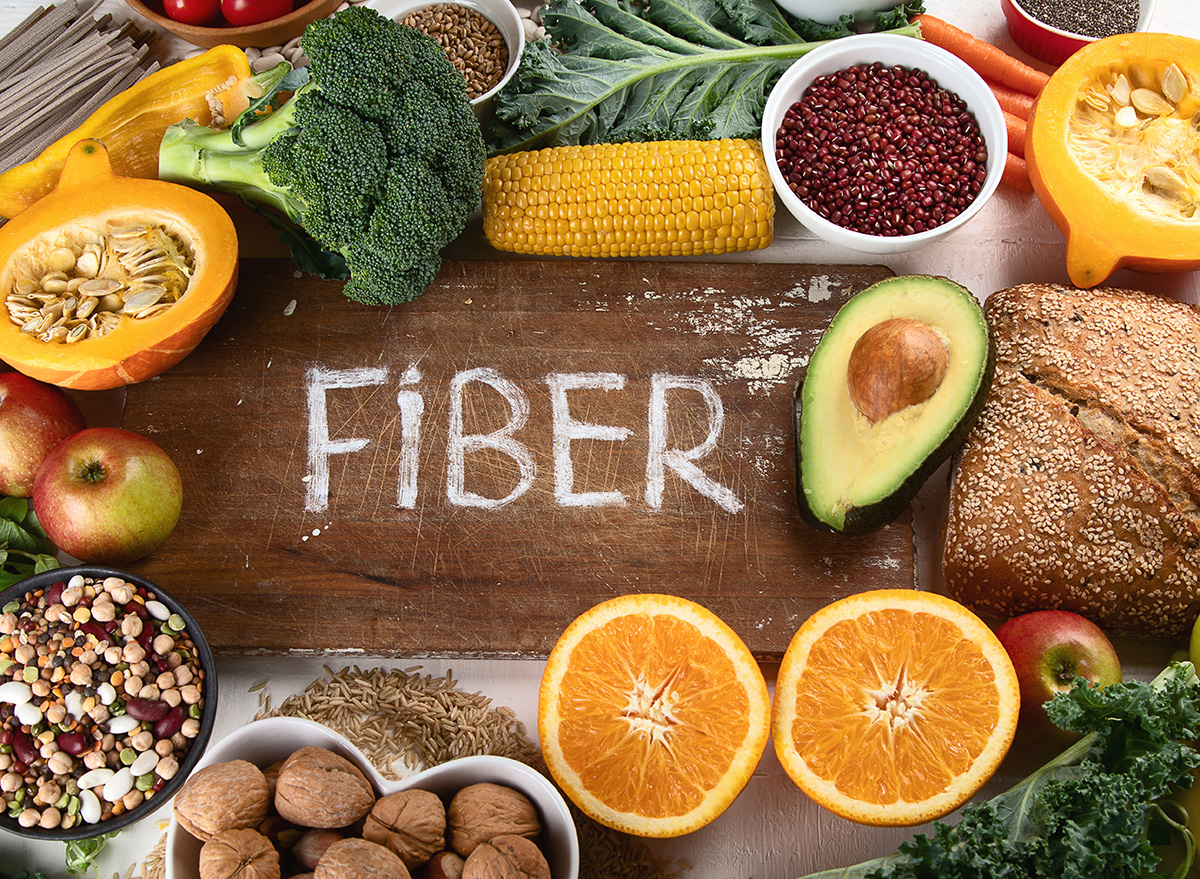
- Fresh meats, poultry, and fish
- American cheese, cottage cheese, and cream cheese
- Yogurt and fresh milk
- Most fresh, canned, or frozen vegetables
- Decaffeinated beverages
- Clear spirits like gin, vodka, and rum
- Most breads, pasta, and grains
- Ketchup, mustard, and most salad dressings
Strategies for Reducing Tyramine in Your Diet
Implementing certain strategies can help you minimize tyramine content in your meals and potentially reduce the frequency of migraine attacks:
- Choose fresh meats and cook them promptly or freeze for later use.
- Store perishable foods in the refrigerator or freezer to prevent tyramine buildup.
- Consume fresh produce within two days of purchase.
- Avoid leftovers that have been refrigerated for more than 1-2 days.
- Discard any spoiled, moldy, or overripe foods.
- Limit consumption of smoked, aged, pickled, or fermented foods.
Identifying Tyramine as a Personal Migraine Trigger
Do you suspect tyramine might be triggering your migraines? Keeping a detailed headache diary can help you and your healthcare provider determine if tyramine or other factors are contributing to your migraine attacks. Here’s how to maintain an effective headache diary:

- Record the date and time of each migraine onset
- Describe the characteristics and intensity of the headache
- Note your menstrual cycle, if applicable
- List all foods and beverages consumed in the 24-48 hours preceding the migraine
- Document exposure to other potential triggers (e.g., stress, weather changes, sleep disturbances)
Remember that headaches may not manifest immediately after consuming trigger foods. Some individuals may experience a delayed reaction, with symptoms appearing up to 24 hours after ingesting tyramine-rich foods.
The Role of Monoamine Oxidase in Tyramine Sensitivity
Monoamine oxidase (MAO) plays a crucial role in processing tyramine within the body. Individuals with lower levels of MAO may be more susceptible to tyramine-induced migraines. This enzyme deficiency can be genetic or caused by certain medications, particularly monoamine oxidase inhibitors (MAOIs) used to treat depression.
How does MAO deficiency affect tyramine metabolism? When there’s insufficient MAO in the system, tyramine accumulates more rapidly, potentially leading to headaches and other symptoms. This is why patients taking MAOIs are often advised to follow a low-tyramine diet to prevent adverse reactions.

Genetic Factors in Tyramine Sensitivity
Research suggests that genetic variations in MAO production may contribute to individual differences in tyramine sensitivity. Some people may naturally have lower levels of MAO, making them more prone to tyramine-induced migraines. Genetic testing can sometimes help identify these variations, allowing for more personalized dietary recommendations.
Tyramine and Other Migraine Triggers: A Complex Interplay
While tyramine is a well-known migraine trigger, it’s important to recognize that it often interacts with other factors to precipitate an attack. Understanding these interactions can help in developing a more comprehensive migraine management strategy.
Common Migraine Triggers Beyond Tyramine
- Hormonal changes, especially in women
- Stress and stress relief (weekend headaches)
- Changes in sleep patterns
- Sensory stimuli (bright lights, loud sounds, strong smells)
- Weather changes and barometric pressure fluctuations
- Physical exertion
- Certain medications
- Dehydration
- Skipping meals
How do these triggers interact with tyramine sensitivity? In many cases, the combination of multiple triggers can lower an individual’s migraine threshold, making them more susceptible to an attack. For example, consuming tyramine-rich foods during a period of high stress or hormonal fluctuation may be more likely to trigger a migraine than either factor alone.
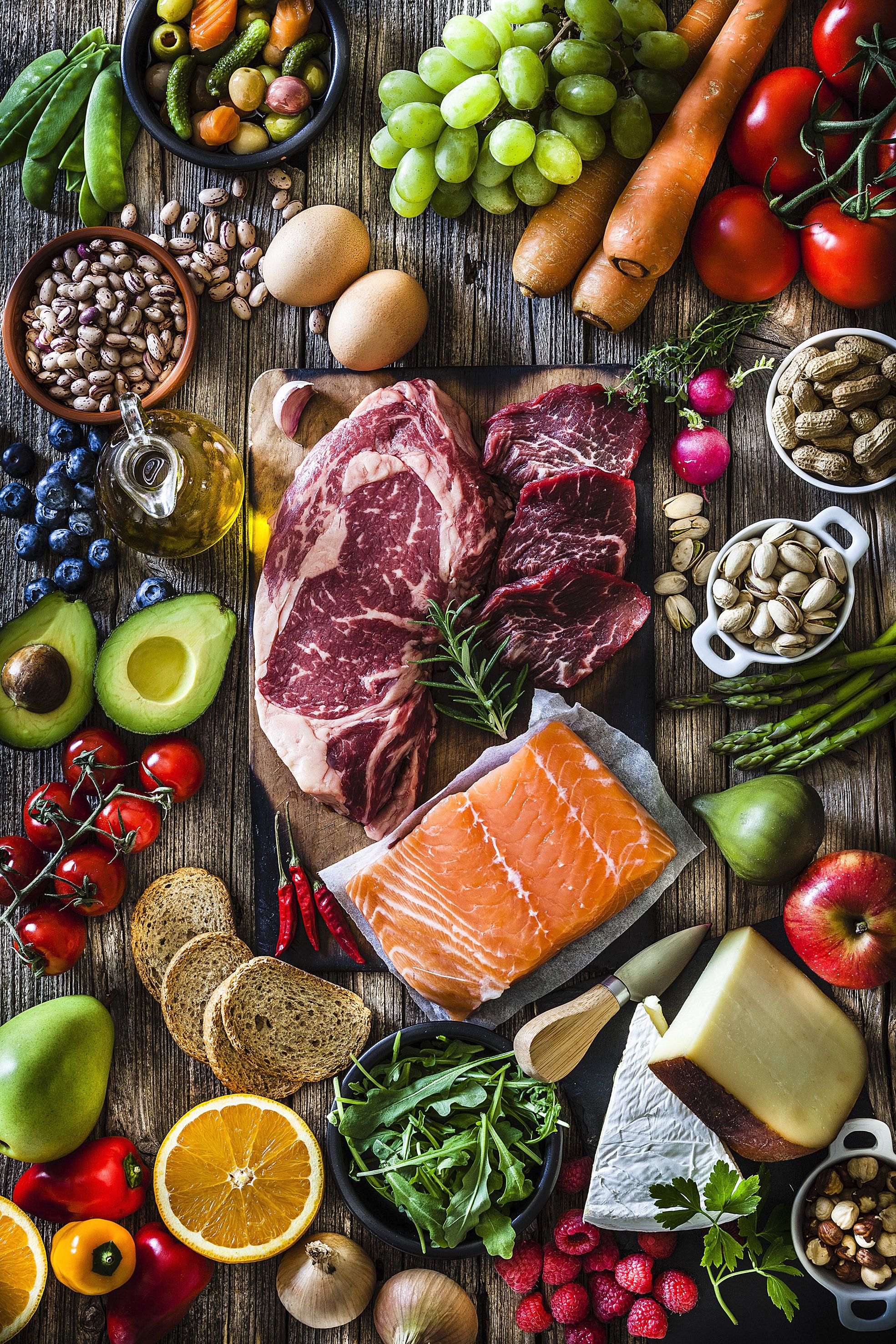
Implementing a Low-Tyramine Diet: Practical Tips and Challenges
Adopting a low-tyramine diet can be an effective strategy for managing migraines, but it comes with its own set of challenges. Here are some practical tips for successfully implementing and maintaining a low-tyramine eating plan:
Meal Planning and Preparation
- Plan meals in advance to ensure a variety of low-tyramine options
- Prepare fresh meals whenever possible
- Use frozen vegetables and fruits as a convenient alternative to fresh produce
- Consider batch cooking and freezing individual portions for quick, tyramine-controlled meals
Reading Food Labels
Become adept at reading food labels to identify hidden sources of tyramine. Look out for ingredients such as:
- Yeast extract
- Hydrolyzed protein
- Autolyzed yeast
- Fermented ingredients
Dining Out Strategies
Eating at restaurants can be challenging when following a low-tyramine diet. Try these strategies:
- Research restaurant menus in advance
- Communicate your dietary needs clearly to the server
- Ask about food preparation methods and ingredients
- Opt for simple, freshly prepared dishes
Overcoming Nutritional Gaps
A low-tyramine diet may lead to certain nutritional deficiencies if not carefully planned. Consider consulting with a registered dietitian to ensure your diet remains balanced and nutritionally adequate.
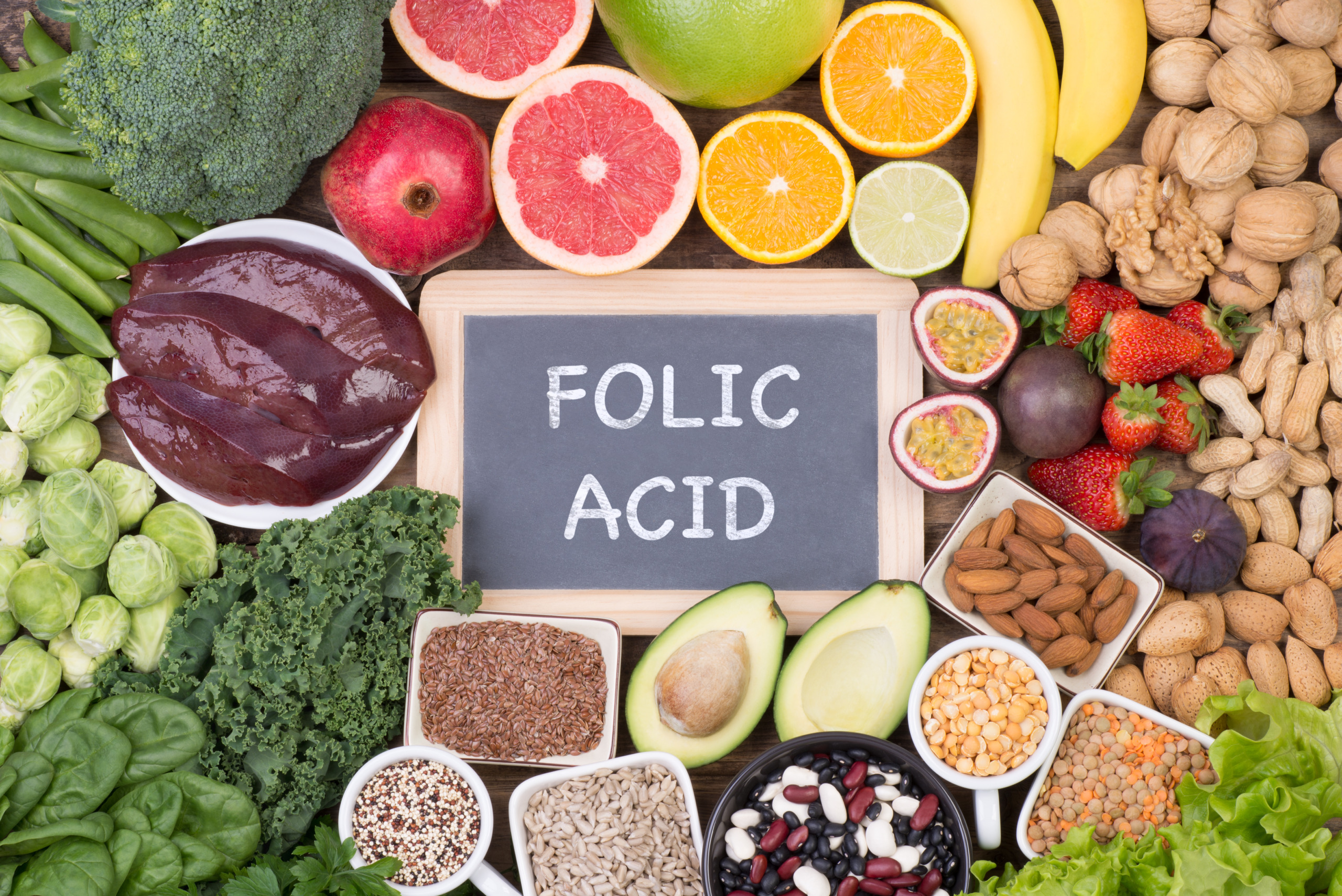
Beyond Diet: Complementary Approaches to Migraine Management
While dietary modifications can be highly effective in reducing migraine frequency, a comprehensive management plan often incorporates additional strategies. These complementary approaches can work synergistically with a low-tyramine diet to improve overall migraine control:
Stress Management Techniques
- Mindfulness meditation
- Progressive muscle relaxation
- Cognitive-behavioral therapy
- Regular exercise
Sleep Hygiene
Maintaining consistent sleep patterns can help regulate migraine triggers. Aim for:
- A regular sleep schedule, even on weekends
- A relaxing bedtime routine
- A cool, dark, and quiet sleep environment
Hydration and Regular Meals
Dehydration and skipped meals can exacerbate migraine susceptibility. Make efforts to:
- Drink adequate water throughout the day
- Eat regular, balanced meals
- Avoid long periods without food
Supplementation
Some supplements have shown promise in migraine prevention, though it’s essential to consult with a healthcare provider before starting any new regimen. Potential options include:

- Magnesium
- Riboflavin (Vitamin B2)
- Coenzyme Q10
- Feverfew
The Future of Migraine Research: Personalized Approaches
As our understanding of migraine pathophysiology advances, researchers are exploring more personalized approaches to migraine management. These emerging areas of study hold promise for more targeted and effective treatments:
Genetic Profiling
Genetic testing may help identify individual susceptibilities to specific migraine triggers, including tyramine sensitivity. This information could lead to more tailored dietary and treatment recommendations.
Microbiome Research
The gut-brain axis is increasingly recognized as a potential factor in migraine development. Studies are investigating how the gut microbiome influences tyramine metabolism and overall migraine susceptibility.
Advanced Imaging Techniques
New neuroimaging methods are providing insights into the brain changes associated with migraine attacks, potentially leading to more targeted interventions.
Novel Pharmacological Approaches
Research into new migraine medications continues, with a focus on drugs that target specific pathways involved in migraine pathophysiology.
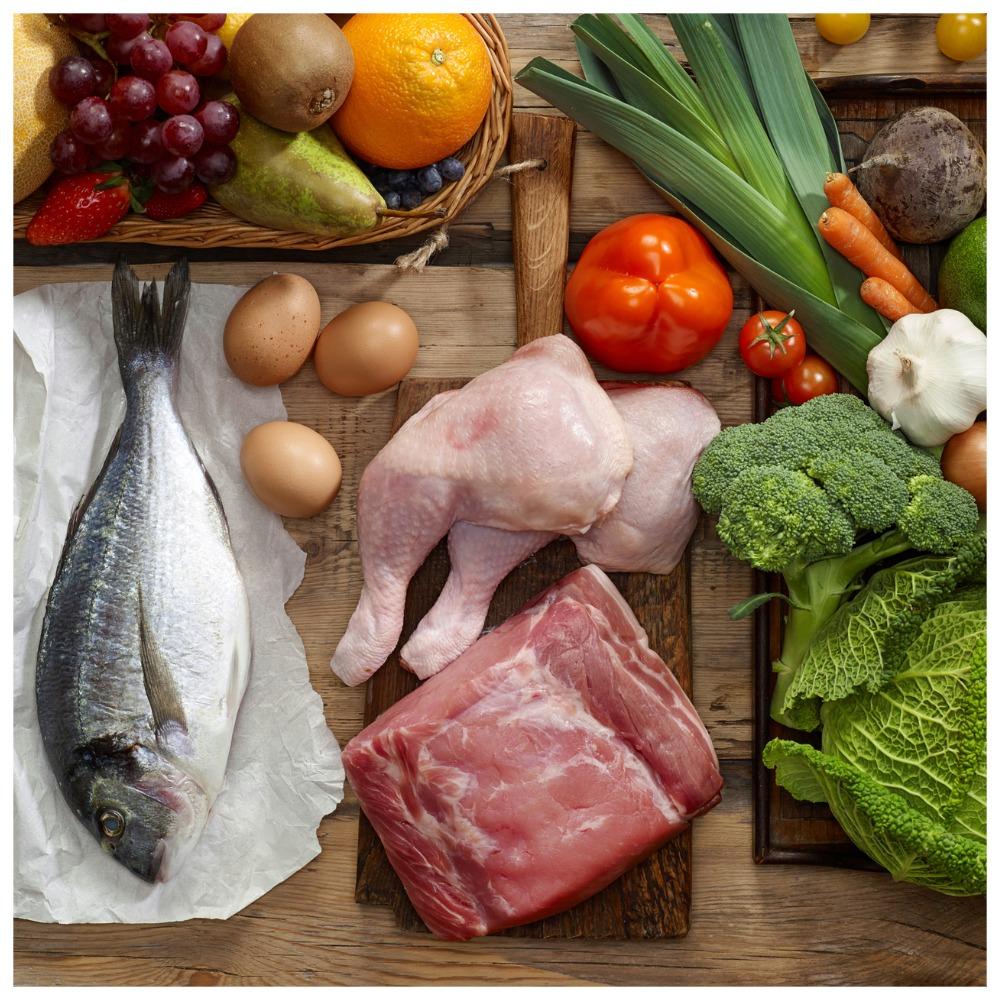
As research progresses, the management of tyramine-induced migraines and other migraine subtypes is likely to become increasingly precise and effective. For now, a combination of dietary awareness, trigger avoidance, and holistic lifestyle approaches remains the cornerstone of migraine management for many individuals.
Tyramine-Rich Foods As A Migraine Trigger & Low Tyramine Diet
Written by Eric Metcalf, MPH
Medically Reviewed by Jennifer Robinson, MD on August 17, 2022
- What’s the Link Between Tyramine and Headaches?
- Lower Tyramine in Your Diet
- Ways to Lower Tyramine
- Is Tyramine Causing Your Headache?
In some people, certain foods and drinks — or things they contain — can trigger a migraine. One well-accepted migraine trigger is tyramine.
Tyramine is a substance found naturally in some foods. It’s especially found in aged and fermented foods, such as:
- Aged cheeses
- Smoked fish
- Cured meats
- Some types of beer
Also, foods high in protein may contain more tyramine if:
- They have been stored for a long time
- They have not been kept cold enough
Because of its chemical structure, tyramine is called a monoamine. There’s an enzyme in our bodies that breaks down monoamines called monoamine oxidase (MAO). This enzyme helps process tyramine.
This enzyme helps process tyramine.
If you get migraines and don’t have enough MAO in your system, you could get headaches after you eat foods with tyramine.
Scientists made the connection after anti-depression drugs that inhibit MAO went on the market in the 1950s. People taking the drugs began to get headaches and high blood pressure when they ate foods containing tyramine.
Experts are still trying to understand how tyramine triggers migraines. One explanation is that it causes nerve cells in your brain to release the chemical norepinephrine. Having higher levels of tyramine in your system — along with an unusual level of brain chemicals — can cause changes in the brain that lead to headaches.
If you want to cut down on tyramine to see if it helps, here are some foods to avoid and others to choose:
Cheese and dairy foods. Higher in tyramine: Aged cheeses, cheddar, Stilton or blue, Camembert, Swiss, feta, Muenster, Parmesan
Lower in tyramine: American cheese, cottage cheese, yogurt, fresh milk, farmer’s cheese, cream cheese, sour cream, soy cheese, soy milk
Meat, poultry, and fish. Higher in tyramine: Dry sausages, salami, pickled or smoked fish, caviar, aged chicken livers, soups or gravies made from meat extract
Higher in tyramine: Dry sausages, salami, pickled or smoked fish, caviar, aged chicken livers, soups or gravies made from meat extract
Lower in tyramine: Fresh meat, poultry, fish, eggs; luncheon meats other than salami; canned meats or fish eaten when opened
Fruits, veggies, and beans.Higher in tyramine: oranges, grapefruit, lemons, limes, tangerines, pineapple, fava beans, broad beans, sauerkraut, fermented soy foods, miso, tofu, kimchee, raw onions
Lower in tyramine: Most fresh, canned, or frozen veggies; raisins
Drinks. Higher in tyramine: Vermouth, tap beers, red wine
Lower in tyramine: Decaffeinated coffee, tea, or soda; club soda; fresh or soy milk; bourbon; gin; rum; vodka
Condiments.Higher in tyramine: Concentrated yeast extract, soy sauce, fish sauce, teriyaki sauce
Lower in tyramine: Ketchup, mustard, Worcestershire sauce, salad dressing
Most breads, pasta, or grains are low in tyramine. So are most sweets and desserts.
So are most sweets and desserts.
Here are some other tips to help you cut the amount of tyramine in your diet:
- Choose fresh meats, poultry, or fish. Cook and eat them the day you buy them, or freeze them.
- Tyramine levels go up when foods are at room temperature. Store foods in the refrigerator or freezer. Thaw frozen foods in the refrigerator or microwave.
- Eat fresh produce within 2 days.
- Don’t eat leftovers you’ve kept in the refrigerator for more than a day or two.
- Toss spoiled, moldy, or overripe foods.
- Don’t eat smoked, aged, pickled, or fermented foods.
Keep a headache diary for several months. It can help you and your doctor find out if tyramine or some other trigger is to blame for your migraines.
Take note of the time and date the headache starts. Then answer these questions:
- How exactly does the migraine feel?
- Where does the migraine episode fall in your menstrual cycle?
- What have you eaten recently?
- Have you been exposed to other common headache triggers, such as a change in altitude, change in temperature, strong smells, bright lights, loud noises, changes in sleep habits, or unusual stress?
Remember, headaches may not start for 24 hours after you eat certain trigger foods. That’s why including the foods you’ve eaten during the past day or two may help you figure out if tyramine is part of the problem.
That’s why including the foods you’ve eaten during the past day or two may help you figure out if tyramine is part of the problem.
Top Picks
10 headache triggers – NHS
1. Relaxing after stress
You put in 10-hour days from Monday to Friday and you feel fine, only to wake up after a lie-in on Saturday with a pounding headache. Why is that?
It’s because as the tension of the week subsides, your levels of stress hormones drop, which causes a rapid release of neurotransmitters (the brain’s chemical messengers).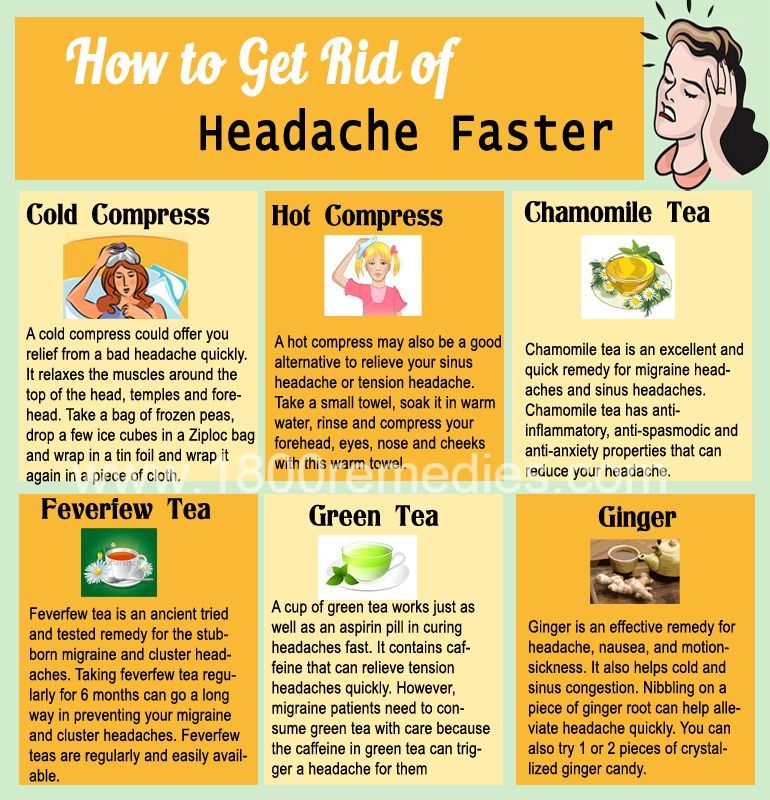 These send out impulses to blood vessels to constrict and then dilate, which causes a headache.
These send out impulses to blood vessels to constrict and then dilate, which causes a headache.
How to fix it: Avoid the temptation to sleep in at weekends. More than 8 hours’ sleep at a time can bring on a headache. Introduce some relaxation time, such as a yoga class, into your working week, rather than squeezing it all into the weekend.
2. Pent-up anger
When you’re angry, muscles in the back of your neck and scalp tense up, causing a tight band-like sensation around your head. This is a sign of a tension headache.
How to fix it: When you start feeling angry, breathe deeply and slowly. Breathe in through your nose and out through your mouth, This should relax your head and neck muscles.
Read more about how to control your anger.
3. Poor posture
Poor posture causes tension in your upper back, neck and shoulders, which can lead to a headache.
Typically, the pain throbs in the base of the skull and sometimes flashes into the face, especially the forehead.
How to fix it: Avoid sitting or standing in one position for long periods. Sit up straight and support your lower back. Consider using a special headset if you spend a lot of time on the phone, as holding a handset between your head and shoulder can strain muscles and cause headaches.
You could also see a physical therapist, such as an osteopath or Alexander technique practitioner.
They may be able to help you identify and correct any posture problems.
4. Perfume
If you think housework is giving you a headache, you could be right. Household cleaners, along with perfumes and fragranced air fresheners, contain chemicals that can bring on headaches.
How to fix it: If you’re susceptible to headaches brought on by certain smells, avoid heavy perfumes and strong-smelling soaps, shampoos and conditioners. Use fragrance-free air fresheners and household cleaners, and keep your doors and windows open as much as possible at home. If a colleague’s perfume is bothering you, put a fan on your desk at work.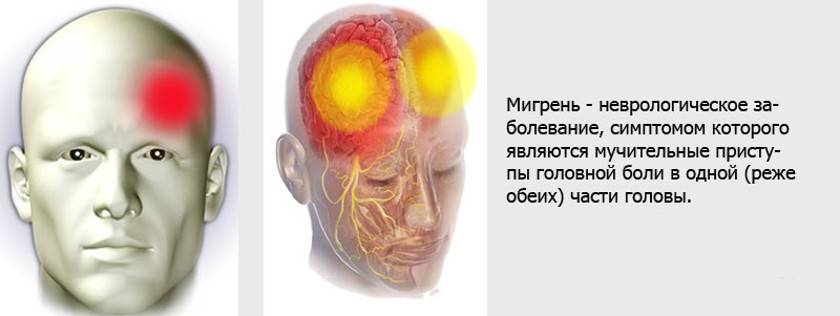
5. Bad weather
If you’re prone to getting headaches, you could find that grey skies, high humidity, rising temperatures and storms can all bring on head pain.
Pressure changes that cause weather changes are thought to trigger chemical and electrical changes in the brain. This irritates nerves, leading to a headache.
How to fix it: There’s not much you can do to change the weather. However, by looking at the forecast, you can predict when you’re likely to have a headache and make sure you have some painkillers ready for when you might need them.
You can check the weather forecast using the Met Office website.
6. Grinding teeth
Grinding your teeth at night (the medical name is bruxism) makes your jaw muscles contract, causing a dull headache.
How to fix it: Your dentist can fit you with a mouth guard to protect your teeth while you sleep. They cost around £50.
Read more about teeth grinding.
7. Bright lights
Bright lights and glare, especially if flickering, can induce migraines.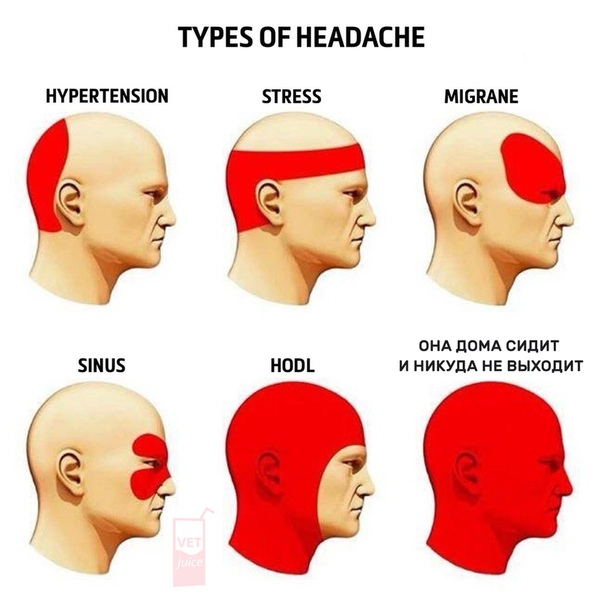 This is because bright and flickering lights boost the levels of certain chemicals in the brain, which then activate the migraine centre.
This is because bright and flickering lights boost the levels of certain chemicals in the brain, which then activate the migraine centre.
How to fix it: Sunglasses are great at reducing light intensity, and you can wear them inside and outside. Polarised lenses can also help to reduce glare.
At work, adjust your computer monitor or attach a glare screen. You may be able to turn off certain lights or move them. If you cannot, change where you sit in the office. Fluorescent lighting tends to flicker, so if you’re able to, substitute it with some other form of lighting.
8. Food triggers
Your turkey and cheese sandwich and small bar of dark chocolate might be a tasty lunch, but beware of the headache that could follow it. All these foods contain chemicals that can bring on a migraine. Other culprits include aged cheeses like stilton and brie, diet fizzy drinks, and processed meats and fish.
How to fix it: Keep a migraine trigger diary and once you suspect a certain food may be the cause of your headaches, eliminate it from your diet for a couple of months to see if you get fewer headaches.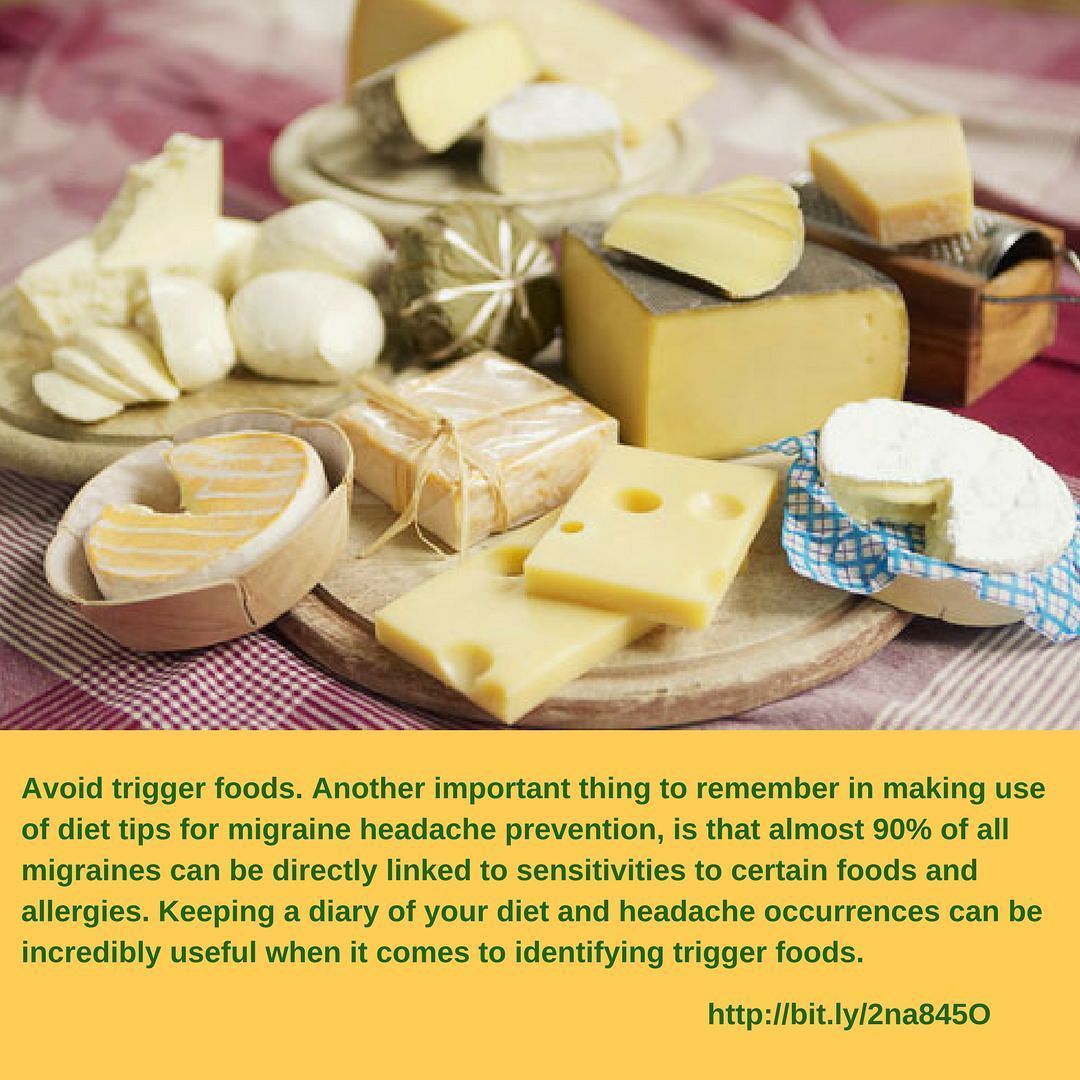
If you’re concerned about avoiding any food-related trigger factor, see your GP or practice nurse or ask to be referred to a dietitian for specialist advice.
Remember to eat regularly, because skipping meals can bring on a headache.
The Migraine Trust has more information about keeping a migraine diary.
9. Sex headaches
It’s a standing joke that headaches are used as an excuse to avoid sex, but for many men and women coital headaches that come on at the height of passion are a real and distressing problem.
Doctors think sex headaches are due to pressure building up in the head and neck muscles. The headaches can happen during foreplay or just before orgasm, and can last for a few minutes or up to an hour.
How to fix it: They’re inconvenient, but these headaches are usually harmless and do not mean you have to avoid sex. Take a painkiller a few hours beforehand to block the headache.
10. Ice cream
Do you get a sharp, stabbing pain in your forehead when you bite into an ice cream cone? Then you’re susceptible to ice cream headaches, caused by cold material moving across the roof of your mouth and the back of your throat. Ice lollies and slushy frozen drinks have the same effect.
Ice lollies and slushy frozen drinks have the same effect.
How to fix it: The good news is that ice cream headaches do not need treatment. In fact, they’re over in a flash, rarely lasting more than a minute or two.
What product causes a headache
https://crimea.ria.ru/20220804/kakoy-produkt-vyzyvaet-golovnuyu-bol-1124063783.html
What product causes a headache
What product causes a headache – RIA Novosti Crimea, 08/04/2022
Which product causes headaches
Overeating cheese can cause headaches and tachycardia, endocrinologist Zukhra Pavlova said in her Telegram channel. RIA Novosti Crimea, 04.08.2022
2022-08-04T21:23
2022-08-04T21:23
2022-08-04T21:23
health
society
/html/head/meta[@name=’og:title’]/@content
/html/ head/meta[@name=’og:description’]/@content
https://cdnn1.img.crimea.ria.ru/img/07e5/08/1e/1120711645_0:100:1920:1180_1920x0_80_0_0_9148c792747e7e76d4 39eea792b88703.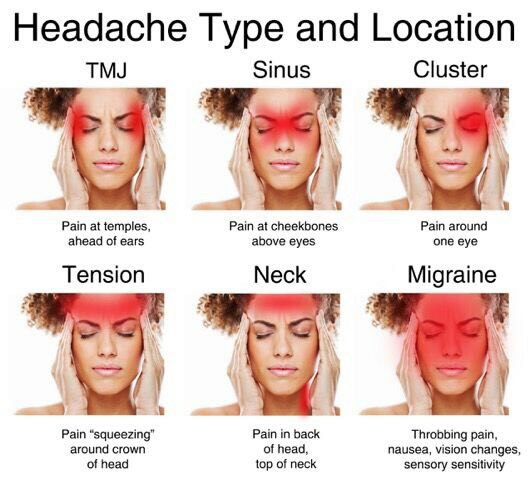 jpg
jpg
SIMFEROPOL, August 4 – RIA Novosti Crimea. Overeating cheese can cause headaches and tachycardia, endocrinologist Zukhra Pavlova said in her Telegram channel. Cheese is a source of calcium, proteins and fats. And in addition to its positive and negative properties, it can be addictive for some people, Pavlova said. So, tyramine contained in mature cheese can provoke a headache. This substance is found in blue cheeses, cheddar, parmesan and mozzarella. In addition, it is found in red wine, nuts, avocados and olives. Heart palpitations, sweating, chest pain, tremors in the limbs are other negative consequences of overeating cheese, the expert shared. Pets should not be given this product at all because of its fat content. Previously, dietitian-nutritionist Gail Torres spoke about foods that protect against chronic kidney disease. These include plant-based foods, lean meats, and low-sugar dairy.
https://crimea.ria.ru/20220712/s-lavandoy-i-travami-syr-s-krymskoy-propiskoy-edet-na-vkusy-rossii-1123813683.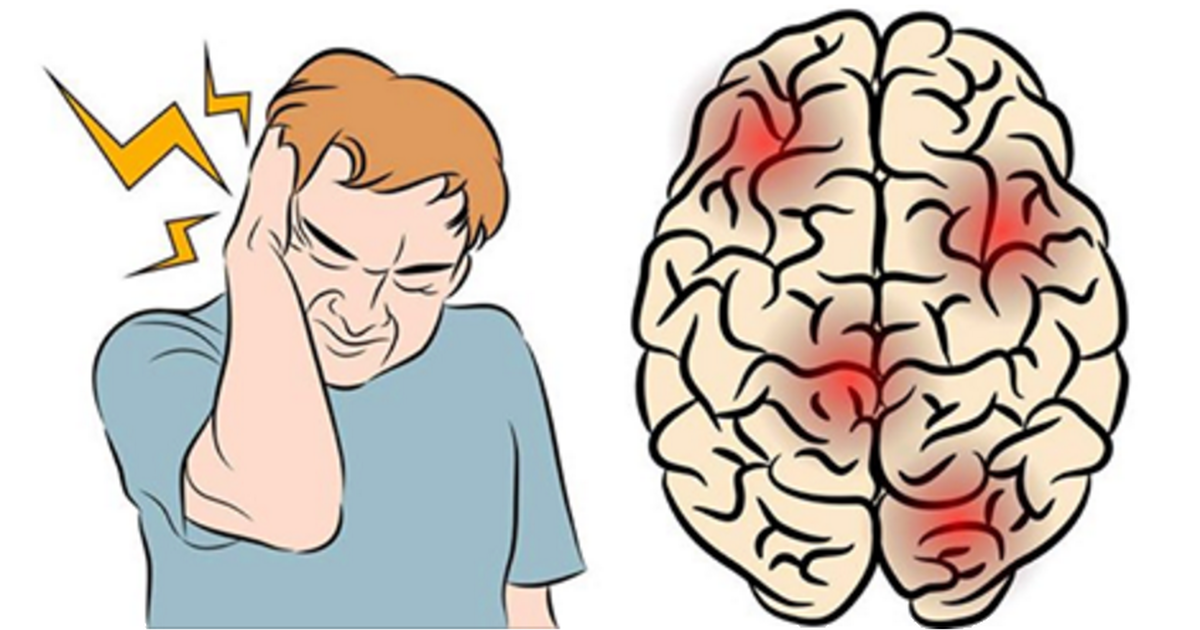 html
html
RIA Novosti Crimea
1
5
4.7
96
7 495 645-6601
Rossiya Segodnya
https:// xn--c1acbl2abdlkab1og.xn--p1ai/awards/
2022
RIA Novosti Crimea
1
5
4.7
96
7 495 645-6601
Rossiya Segodnya
en-US
https://crimea.ria.ru/docs/about/copyright.html
https://xn--c1acbl2abdlkab1og.xn--p1ai/
RIA Novosti Crimea
1
5
9 0002 4.7
96
7 495 645-6601
Rossiya Segodnya 9true
true
https://cdnn1.img.crimea.ria. ru/img/07e5/08/1e/1120711645_107:0:1814:1280_1920x0_80_0_0_3e2487252f10acc07a9faf8c544b9606.jpg
1920
19 20
true
RIA Novosti Crimea
1
5
4.7
96
news.crimea @rian.ru
7 495 645-6601
FSUE MIA Rossiya Segodnya
https://xn--c1acbl2abdlkab1og.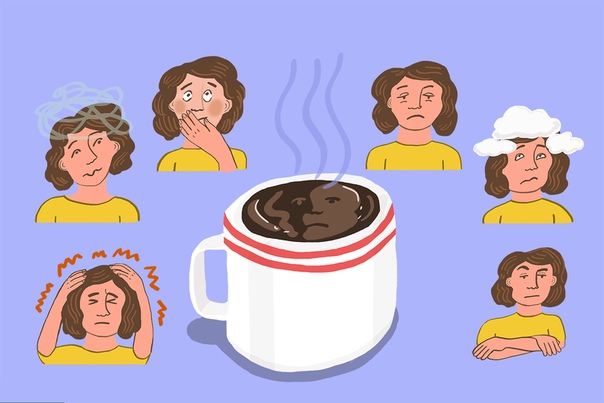 xn--p1ai/awards/
xn--p1ai/awards/
RIA Novosti Crimea
1
900 02 5
4.7
96
7 495 645-6601
Rossiya Segodnya
https://xn--c1acbl2abdlkab1og.xn--p1ai/awards/
health, society 90 003
SIMFEROPOL , August 4 – RIA Novosti Crimea. Overeating cheese can cause headaches and tachycardia, endocrinologist Zukhra Pavlova said in her Telegram channel.
Cheese is a source of calcium, proteins and fats. And in addition to its positive and negative properties, it can be addictive for some people, Pavlova said.
Thus, tyramine contained in mature cheese can provoke a headache. This substance is found in blue cheeses, cheddar, parmesan and mozzarella. In addition, it is found in red wine, nuts, avocados and olives.
Heart palpitations, sweating, chest pain, tremors in the limbs are other negative consequences of overeating cheese, the expert shared. Pets should not be given this product at all because of its fat content.
Previously, Dietitian and Nutritionist Gail Torres talked about foods that protect against chronic kidney disease. These include plant-based foods, lean meats, and low-sugar dairy.
July 12, 2022, 08:23
With lavender and herbs: cheese with a Crimean residence permit goes to “Tastes of Russia”
Top products that cause headaches
Contents
- 1 Mature cheese
- 2 Chocolate
- 3 Nuts
- 4 Beans
- 5 Sausages
- 6 Diet foods
- 7 Coffee
- 8 Bananas
- 9 Wine
- 10 Foods high in monosodium glutamate
Nearly everyone at some point he experienced a headache, the cause of which seemed inexplicable. There are headaches caused by stress, anxiety, depression, muscle tension, sinus problems, and more, but few people know that there are foods that can cause them.
Here are the main foods that can cause headaches!
Ripened Cheese
Cheeses that require a ripening process to reach perfection may cause headaches because they contain the amino acid tyramine. Those who are sensitive to this amino acid may experience adverse reactions when eating cheeses containing it, such as parmesan, roquefort, gouda, mozzarella, brie, blue cheese, or other cheeses in the same category. Of course, they are tasty and, as a rule, do not create problems. They can cause nausea, heart palpitations, vomiting, and even severe migraines in those with such specific sensitivities.
Those who are sensitive to this amino acid may experience adverse reactions when eating cheeses containing it, such as parmesan, roquefort, gouda, mozzarella, brie, blue cheese, or other cheeses in the same category. Of course, they are tasty and, as a rule, do not create problems. They can cause nausea, heart palpitations, vomiting, and even severe migraines in those with such specific sensitivities.
Chocolate
Chocolate, especially if consumed in excess, can cause headaches due to caffeine and the same amino acid mentioned above, tyramine. Caffeine is found in large quantities in dark or bitter chocolate, unlike its milk counterpart. Experts say that an adult should limit their consumption of chocolate to only 300 grams per day. If there is sensitivity to caffeine or tyramine, their amount should be significantly reduced. The effect occurs about half an hour after consumption.
In addition, cravings for chocolate often occur during menstruation, another common cause of headaches.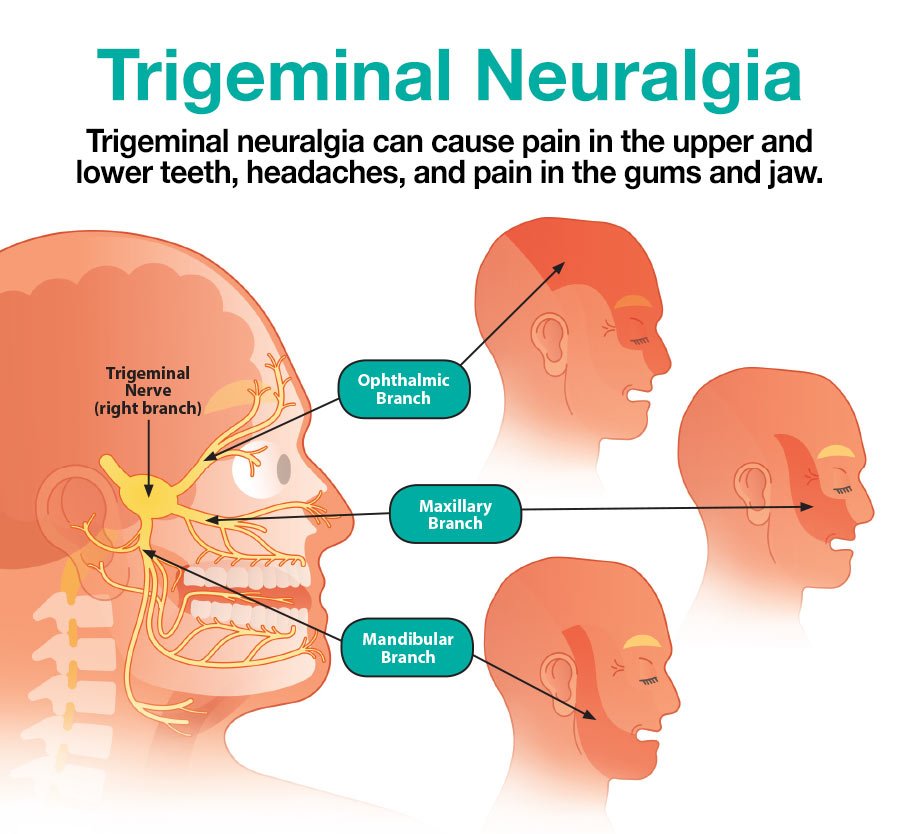 Finally, chocolate cravings may be part of the warning for prodromal pain (the first stage of a migraine that precedes the onset of an aura or headache). When a person satisfies this craving, they may mistakenly blame the headache on chocolate. Paradoxically, eating cocoa prevents headaches. It all depends on the quantity.
Finally, chocolate cravings may be part of the warning for prodromal pain (the first stage of a migraine that precedes the onset of an aura or headache). When a person satisfies this craving, they may mistakenly blame the headache on chocolate. Paradoxically, eating cocoa prevents headaches. It all depends on the quantity.
Nuts
All types of nuts and seeds, including peanuts, pumpkin seeds, sesame seeds, and groundnuts, can trigger tyramine headaches. The same goes for foods containing them, such as desserts or peanut butter. They contain vasodilators that put pressure on the nerves, leading to migraines and other types of headaches.
Beans
All types of legumes can cause headaches, regardless of the color or size of the beans. This is due to the content of tannin – a substance that causes migraines, especially in people prone to them. Tannin is found in wine, tea, and red apple cider vinegar.
Sausage products
Nitrites are food additives often used in the production of sausages.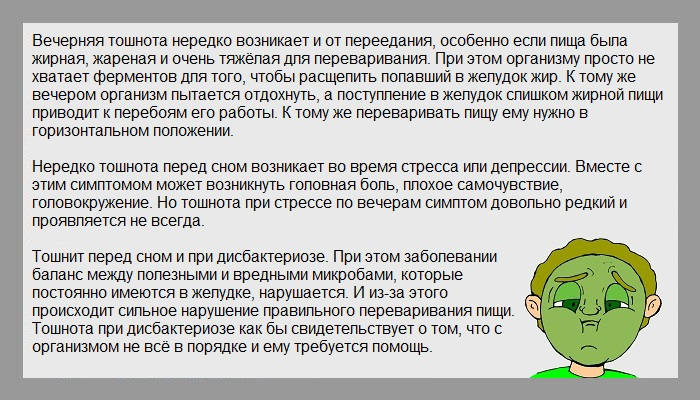 They help to increase the shelf life of the product, but at the same time cause a headache. They are found in sausages, canned and smoked foods. You should carefully read the label before buying such products if migraines often occur.
They help to increase the shelf life of the product, but at the same time cause a headache. They are found in sausages, canned and smoked foods. You should carefully read the label before buying such products if migraines often occur.
Diet foods
If you want to lose weight and eat diet foods with fewer calories and low sugar content, you may experience headaches from aspartame, a sugar substitute. Juices, yogurts, cookies and desserts on supermarket shelves often contain aspartame.
Coffee
Some people have caffeine intolerance or develop certain sensitivities that cause headaches when they consume more foods containing caffeine. In addition to migraine, irritability can be observed. As in chocolate, the caffeine in coffee has an analgesic effect, it is consumed in the morning, for example, to wake up and recharge or after a sleepless night.
Bananas
Histamine and tyramine are substances found in bananas that can cause headaches in sensitive people.
